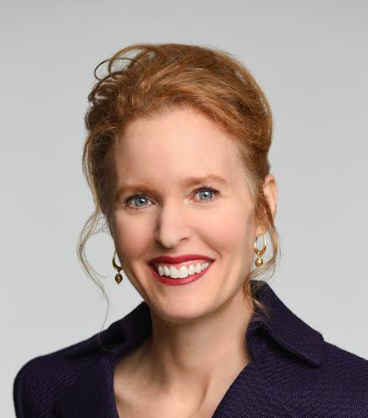
While hurricanes Harvey and Irma deluge floods of biblical proportions, 21.7 million Americans – 11 percent of the country – were living under drought conditions on August 1. And drought conditions are expected to worsen. In fact, in Montana and North Dakota an unprecedented drought is crippling Montana and North Dakota farms and forests.
The impact is dramatic. Not only does drought increase demand from water systems, it decreases snowpack, harming long-term water supplies. It sparks fires as forests and grasslands dry out. It influences the amount of food we grow – and, therefore, food prices.
Still, the issue isn’t simply climate change. Our water systems are under extreme stress from lack of investment to maintain them. It helps explain why the American Society of Civil Engineers rates the country’s drinking water infrastructure a D. It calculates that our aging and underperforming infrastructure serves as a drag on the U.S. economy – costing each American family $3,400 a year.
The right rate is good for the market
Usage rates will continue to be the primary revenue source for water systems. Consequently, utilities should be generating higher rates that cover their costs now and anticipate future water stress. And while it may seem counterintuitive then for utilities to push for water conservation, it helps keep rates lower in the long run. For instance, research shows that residents in Tucson, Ariz., pay water and wastewater rates at least 11.7 percent lower than if they hadn’t conserved water the past 30 years.
Getting customers used to higher water rates should be relatively easy, even if people are getting tired of escalating user fees, in general. The average price of water in the U.S. is about $1.50 for 1,000 gallons. At that price, a gallon costs less than a penny. That compares with bottled water costs that average $1.22 a gallon and electricity at about 12 cents per kilowatt-hour. (The typical U.S. household uses about 908 kWh of electricity monthly.)
Water as a competitive advantage
What’s strange is that only three of the 10 most expensive urban water rate structures are in drought-stricken areas, and they’re in San Diego, Goleta and Monterrey, Calif. On the other hand, Milwaukee, considered by former EPA Administrator Gina McCarthy to be the “freshwater capital of the world,” has accumulated over 200 water technology businesses in the region, academic programs and economic development organizations all dedicated to advancing freshwater technologies. In the process, it has taken a comprehensive cluster-development approach to water.
Water rate structures can enable all of us to enjoy cheap, ample access to clean water while preventing the water hogs from being too piggy. Resources such as Financing Sustainable Water strive to demonstrate how to balance multiple objectives like long-term fiscal health, efficiency, affordability, etc.
Given that resilience includes good governance, decreased risks from climate change, improved public utility service delivery and enhanced economies, it seems smart to put water rate increases in place now to mitigate both climate stress and the persistent and ongoing aging of our infrastructure.
Joyce Coffee is president of Climate Resilience Consulting working with leaders to create strategies that protect and enhance markets and livelihoods through adaptation to climate change.
Image Sources: World Map, Repot Card, Wisconsin

Joyce Coffee, LEED AP, is founder and President of Climate Resilience Consulting. She is an accomplished organizational strategist and visionary leader with over 25 years of domestic and international experience in the corporate, government and non-profit sectors implementing resilience and sustainability strategies, management systems, performance measurement, partnerships, benchmarking and reporting.














